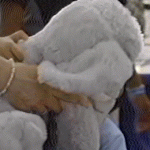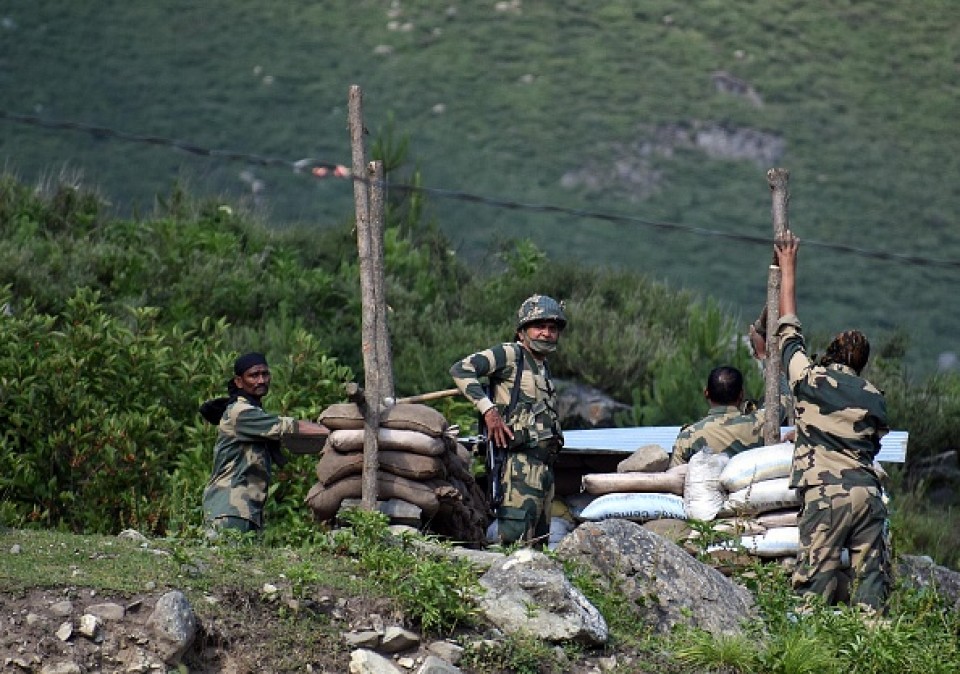The Indian Army late Tuesday night raised the death toll in a clash with Chinese troops on a disputed Himalayan border from three to 20 Indian soldiers.
The army also said in a statement that the two sides “have disengaged” from the disputed Galwan area where they clashed overnight on Monday.
The Indian army originally reported that three Indian soldiers had died, but later said 17 additional soldiers succumbed to injuries they suffered in the sub-zero temperatures of the high-altitude terrain.
China has accused Indian forces of carrying out “provocative attacks” on its troops and has not said if any of its soldiers have died.
Thousands of soldiers on both sides have been facing off for over a month.
The clash – during which neither side fired any shots, according to Indian officials – is the first deadly confrontation between the two nuclear-powered Asian giants since 1975.
Prickly relations
India and China have never even agreed on how long their “Line of Actual Control” frontier is, and each side uses different frontier proposals made by Britain
In 2017 there was a 72-day showdown after Chinese forces moved into the disputed Doklam plateau on the China-India-Bhutan border.
After that India’s Prime Minister Narendra Modi and Chinese leader Xi Jinping sought to ease tensions.
Alice Wells, the top US State Department official for South Asia, said last month that China was seeking to upset the regional balance and had to be “resisted”.
US President Donald Trump also offered to mediate but both countries declined the offer.
to China in the 19th century to back their claims.
India gives a figure of 3,500 kilometres (2,175 miles). China does not give a number, but state media says the border should be just 2,000 kilometres (1,250 miles) when China’s claims in Jammu, Kashmir, Ladakh and other regions are taken into account.
Relations between China and India have long been prickly.
They fought a brief war in 1962 in which China took territory from India. Further deadly clashes followed in 1967, but the last shot fired in anger was in 1975.
Story cited here.
























